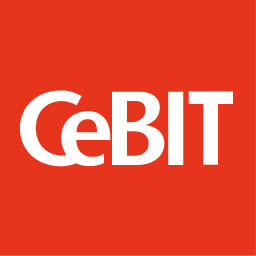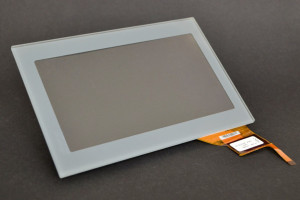At this year's CeBIT from 1 to 5 March 2011 in Hannover, Schroff GmbH, one of the leading manufacturers of electronics packaging systems will be presenting new data centre products together with its entire range of network and server cabinets and the appropriate accessories. Emphasis will be given to the arrangement of hot and cold aisles, with solutions for colocation and cable management. As the basis for individual cold or hot aisle containment, Schroff uses suitably modified elements from the Varistar cabinet range.
Schroff will also display new monitoring modules to support the data centre operator in monitoring critical parameters and ensuring that the primary requirements for data centre operation are met. One element here is socket strips with power measurement functions. By measuring and outputting power consumption data, energy balances and figures such as power usage effectiveness (PUE) can be compared with those of other data centres.
Schroff's new monitoring unit for cabinets with air/water heat exchangers (LHX series) offers further monitoring functions for observing parameters such as fan speed, water temperature and air exit temperature. Redundancies play a central role in data centre planning. By gathering all data together on one software platform, redundancies also remain in view during system operation.
Author:
Schroff GmbH



